While I am a writer with a degree in Creative Writing, I haven't published any Steampunk fiction. However, as a panelist and track director, I've been on panels with many well-known Steampunk writers and have gleaned insight from the things they've said. I've compiled some of those things into this post, which will hopefully be helpful to all of the writers out there!
1a. Story, Not Setting
The most important thing in a story is, well, the story. I've seen a lot of Steampunks get bogged down in world creation and, as a result, they want to show their world off in the story. Having a fully-fleshed out world is great, but it should almost always take a back seat to the characters and plot. In almost all great works, the story is about people, not places. Never neglect your characters, ever, because they're what will pull your reader through your story. You can have the most mind-blowingly amazing world and plot in the entire world, but if you don't have good characters, no one will read it.
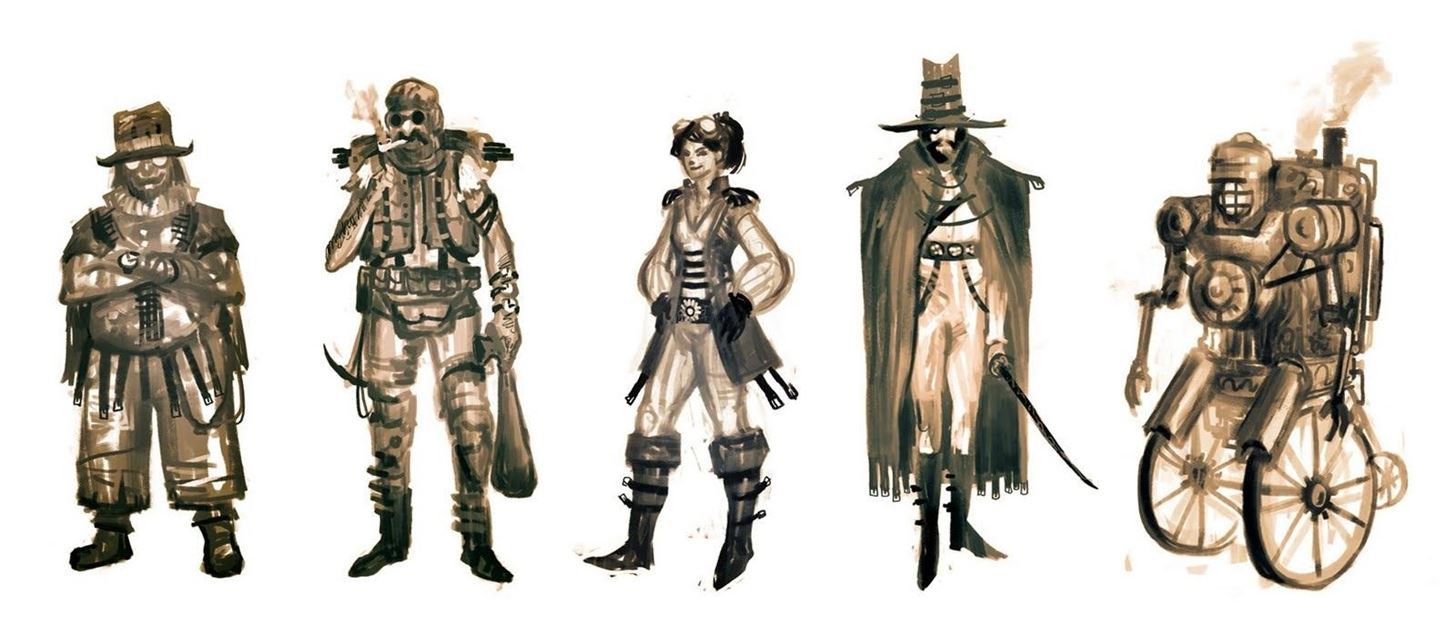
I say 'almost' a lot because there are always exceptions to rules. Anyone who tries to tell you that there are definitive "rules" to writing is either misguided or oversimplifying. Even the "rules" that your high school English teacher taught you are rules that can be broken whenever you'd like, provided that you do so in order to accomplish a specific goal.
1b. Setting, Not Story
I know that this is the exact opposite of what I just finished saying above, but it's worth mentioning. While some people, like those above, get so caught up in their setting that they neglect their characters, there are also some people who get so caught up in their characters that they neglect their setting. When it comes to Steampunk, I see this a lot from people who have stories that they try to shoehorn into weak Steampunk settings. When you go to write a Steampunk story, make sure that your setting is integral to the tale itself. You should always do that, but it's especially important in Steampunk due to the nature of the relationship between Steampunk and aesthetics.

It may help to think of the setting as one of the characters in the story, and like a character, if it doesn't serve any purpose, cut it out. Well, you can't cut your setting out... Your story has to take place somewhere, but I think you know what I mean. No shoehorning, unless you need to get your foot into some tight shoes. Then you can shoehorn.
2. Steampunk Can't Be "Just Because"
As I was saying above, your setting needs to be integral to the story, or else it will come across as confusing, distracting, or any number of other words you don't want to hear people use to describe your story. If you have a set of characters that you really want to write about and then think to yourself, "Oh, wouldn't it be cool if this story was Steampunk?", it probably won't end up being very good. You can't toss Steampunk into a story as an afterthought, just like you can't toss any other aesthetic into a story as an afterthought. It needs to make sense, and form a cohesive whole.
3. History / Alternate History
Historical accuracy is all well and good, but you can't just pick and choose willy-nilly whether to be historically accurate or not. When you write a book, you probably do a lot of research. In fact, you may become something of an expert on the areas covered by your book and you may want to show off that expertise. You can, but make sure that you do so responsibly, by providing enough context for your reader to understand even without any foreknowledge of the time.
While some of your readers may be experts, the vast majority of them are simply laypeople. You can include little facts or nods to history here and there, but don't make them integral to the story without explaining them, or else your reader may get lost.

Generally speaking, people don't have a very firm grasp on history. We get confused by Hollywood films that are "based on a true story", or by things that are commonly accepted as truth but are actually false. So when you draw a wavering line between fact and fiction in your book, people can easily get further confused as to what's real and what isn't. If that's your goal, great. But try to make it clear where your story diverges from real history, or else your reader will spend most of their time trying to figure it out, distracting them from the story at hand. Or worse, will walk away from your book with misinformation.
4. Social Issues Are Important
When dealing with any society that may be related to Victorian England, it's important to not entirely gloss over the awfulness of the time. While we may look back and think of a bunch of wealthy white people sitting around sipping tea, there were hundreds (if not thousands) of poor people for every rich person, not to mention institutionalized racism, sexism, elitism, and nearly every other type of -ism that you can think of. While your story may be escapist fiction, if you pretend these issues don't exist, your world will feel flat.

Don't fall victim to the Star Trek Syndrome, either; that is, having an entire world populated by only one type of person (i.e. affluent white people). Remember to create a variety of characters of all races, sexes, and means, and don't assume they all get along. Your world should have years of history behind it, and it should feel that way when it comes to gender roles, race relations, religion, class stratifications, etc.
Not only will considering these things make your reader more aware of them in their real life, but it will also help make your world seem more real on the page.
5. Don't Affect a Foreign Writing Style
The fiction written in the Victorian era had a very distinct writing style and few people can successfully imitate that style today. It came naturally to those writers of the time because that's how they were taught to write. We're taught to write differently, and our readers expect to read differently. If you can successfully emulate the Victorian style, well, that's great. However, don't force it if it doesn't come naturally to you. Your reader will be able to tell, and it will really take away from their ability to "lose themselves" in your world.

So far as I'm concerned, your writing style should do one of two things. It should either:
- Fade into invisibility, allowing the reader to absorb your story without thinking about how you're telling it, or...
- Purposefully stand out as being part of the story by contributing a certain tone or style.
If it's not doing one or the other, you probably need to tweak your style.
6. Think About Technology
Steampunk is, in many ways, all about technology. Without the change in technology, we're left with simply the Victorian aesthetic. However, technology is a double-edged sword, and it can have wide-reaching repercussions: just look at how much the world changed after the Industrial Revolution.
If you want to include a Steampunk gadget in your world, you have to do one of two things:
- Explain why this gadget is unique and no one else can have one, or...
- Show how this gadget has changed the world.

Even the smallest of technological advancements can change the world. If you think about it, even the simple demonstration that something is possible can change the world. For example, in Jules Verne's 20,000 Leagues Under the Sea, Nemo's Nautilus is perceived by the public as a sea monster, thus allowing him to operate with impunity. If the public knew that he had a working submarine, the scientists of the time would immediately have set to work trying to replicate it, and within a few years, they would have.

Don't use technology indiscriminately; think about its effects in the world, and be consistent in your usage.
7. Think About Fashion
What are your characters wearing, and why? They can wear the most ridiculous Steampunk outfits you can imagine, but you'll quickly lose your reader if your female characters are wearing leather bikinis while captaining airships. Well, you'll lose some readers, at least. Put the male airship pirates in bikinis, too, and you'll probably win them back.

In all seriousness, make sure that your characters' clothing fits the society in which they live, and the activities that they find themselves doing. Do you go adventuring in a giant dress? No? Well, your main character probably wouldn't, either, unless there was a really strong reason for her to do so. In Victorian England there were plenty of acceptable women's outfits that were geared toward being active, such as pantaloons for riding a bicycle.


Think about what your character is wearing, and ask yourself why they would wear that. Society? Ego? Functionality? The more appropriate their dress is, the more real your characters will seem.
8. Is It Steampunk?
If you're asking yourself this question while you're writing your story, you're probably going about it all wrong. Write the story you want to write in the setting you want it to be in. Don't write the story you think other people will want. Trust me, people can tell when they read it.
If your story ends up being Steampunk, great! If not, great! Either way, you have a good story that you can be proud of, and in the end, it doesn't matter what bin it fits into, so long as it's not the garbage bin.
Your story or novel is your chance to express yourself. Take that chance and be true to yourself; that's what really matters!
Just updated your iPhone? You'll find new emoji, enhanced security, podcast transcripts, Apple Cash virtual numbers, and other useful features. There are even new additions hidden within Safari. Find out what's new and changed on your iPhone with the iOS 17.4 update.
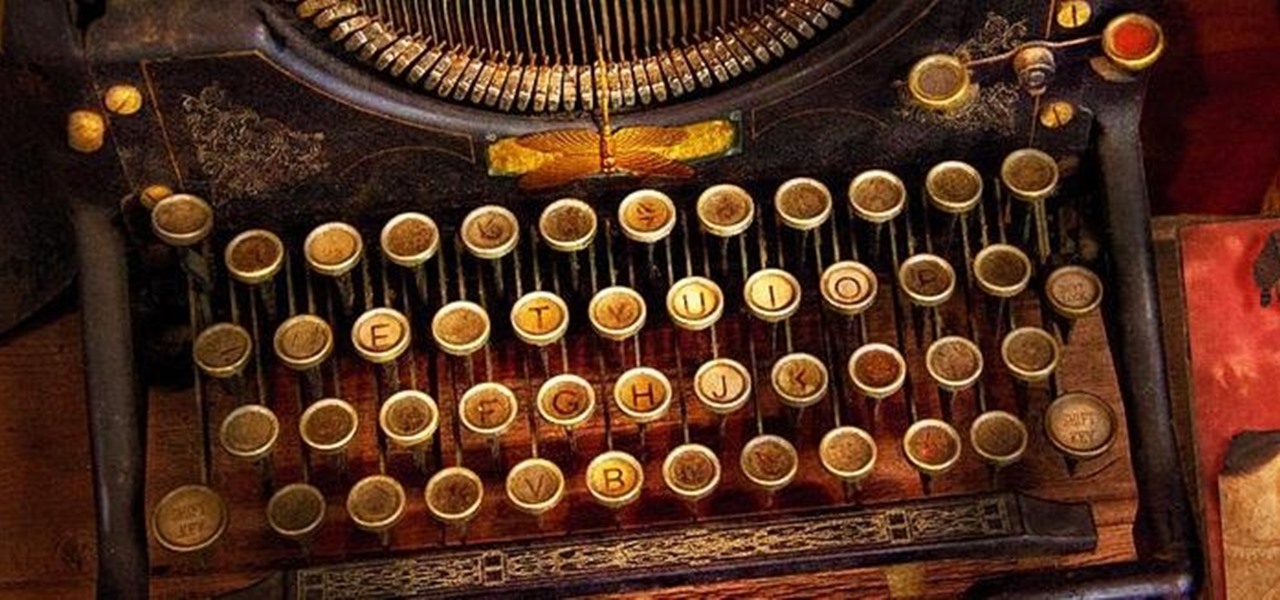


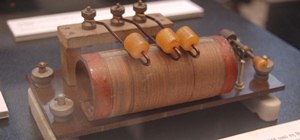
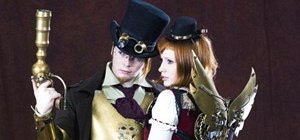





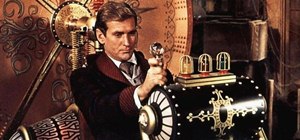
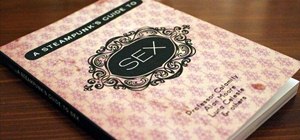
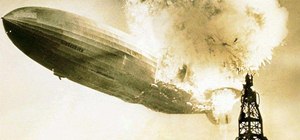










3 Comments
Thanks for these suggestions. I do feel a need to correct you on #4, however, that Star Trek IS all about exploring social and philosophical issues. Literally every episode is about culture clashes, moral dilemmas, and social issues. Perhaps you meant to dis StarWars?
This is a fantastic list, thanks for sharing! I've been a fan of the subculture for years, but have yet to read a novel that captures it well, so here's hoping.
Thanks, you've encourage me a lot with this article!
Share Your Thoughts